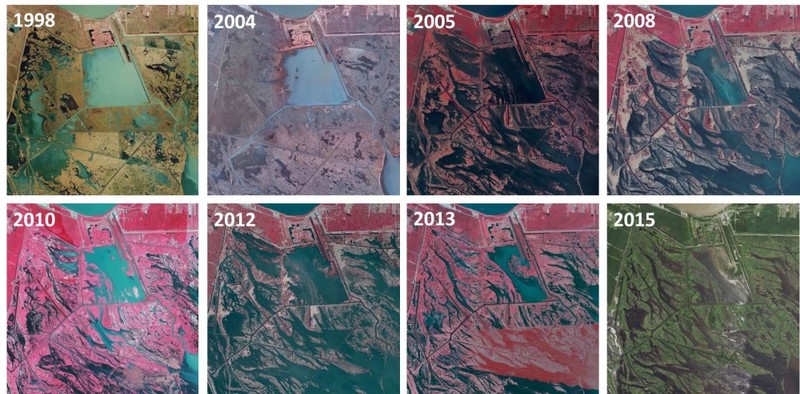Caernarvon Freshwater Diversion and Delta
Introduction
Text-to-speech Audio
Images
Land changes in Big Mar

Backstory and Context
Text-to-speech Audio
Turbid, or murky, waters containing sediment have been depositing and developing into a delta complex within Big Mar. With the hope of better understanding the effect of future sediment diversions, we track the expansion and consolidation of this delta. We are beginning to expand these investigations outside of Big Mar and into the larger receiving basin, including any influence the diversion may have on the Breton Sound Basin.
To us, new land means more barriers between coastal communities and storm surge! And we can help ensure the longevity and stability of newly formed land by restoring the healthy swamp that once thrived there. That in itself is an intricate task, but luckily for us, the forming delta provides an outdoor laboratory, perfect for identifying best practices for swamp regeneration.
We plant species native to swamp environments, and continue to keep tabs on them in the following years, monitoring closely for survival and growth rates to inform future restoration projects. Since 2010, we have planted 25,594 trees and have restored more than 130 acres within Caernarvon receiving basin.
Cite This Entry
Tannian, Kate. "Caernarvon Freshwater Diversion and Delta." Clio: Your Guide to History. June 10, 2020. Accessed August 20, 2025. https://theclio.com/entry/104503/tour/3

